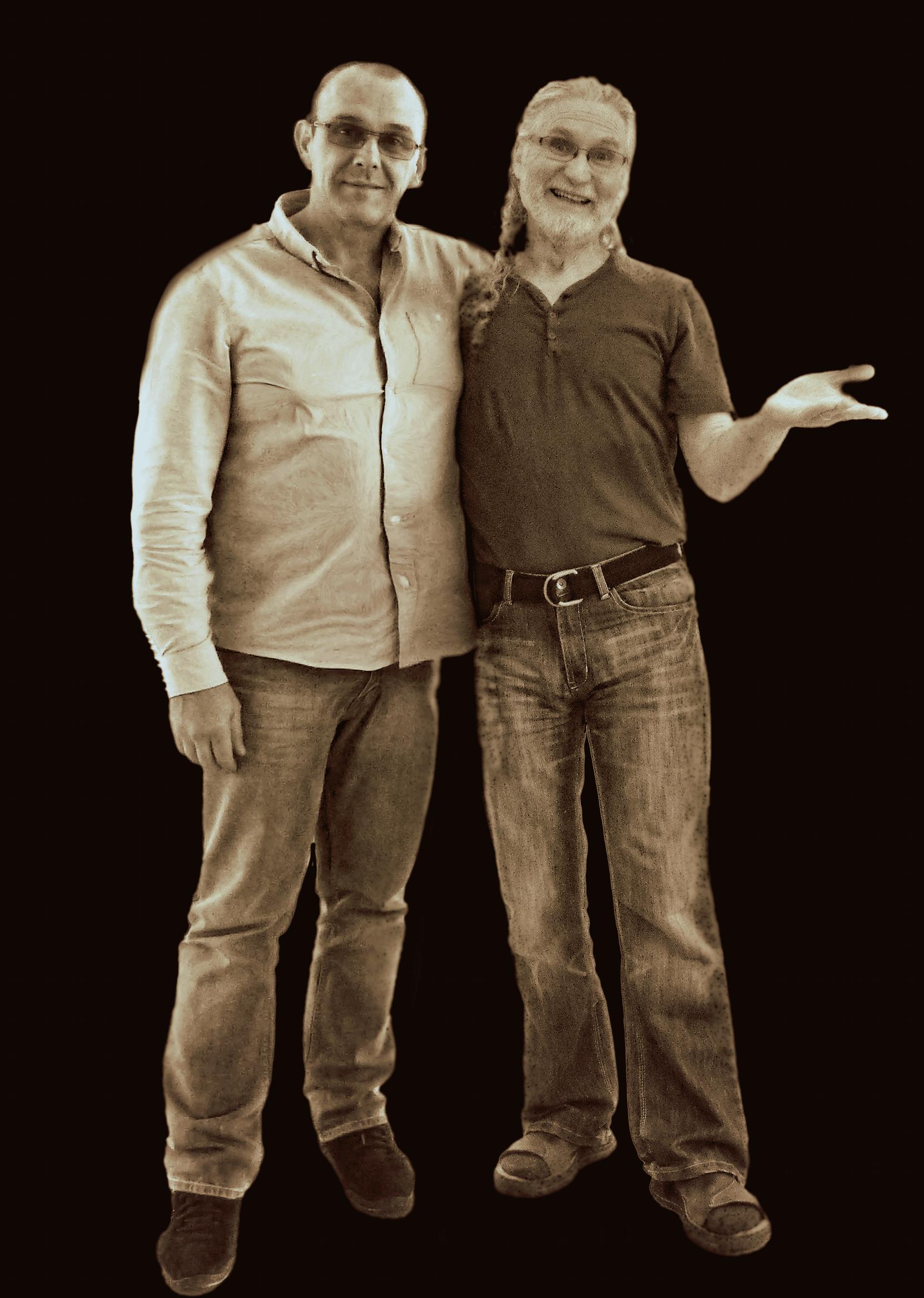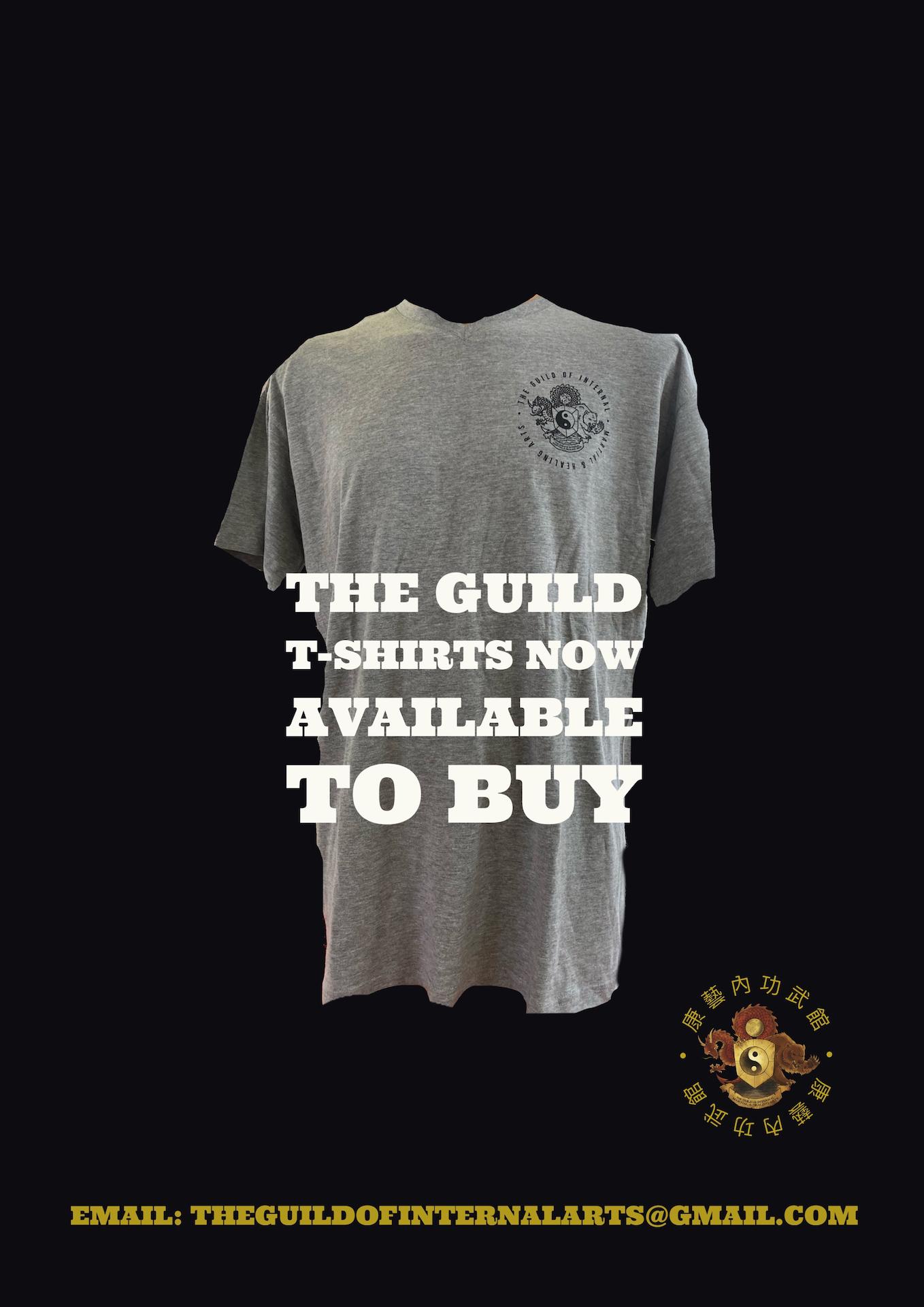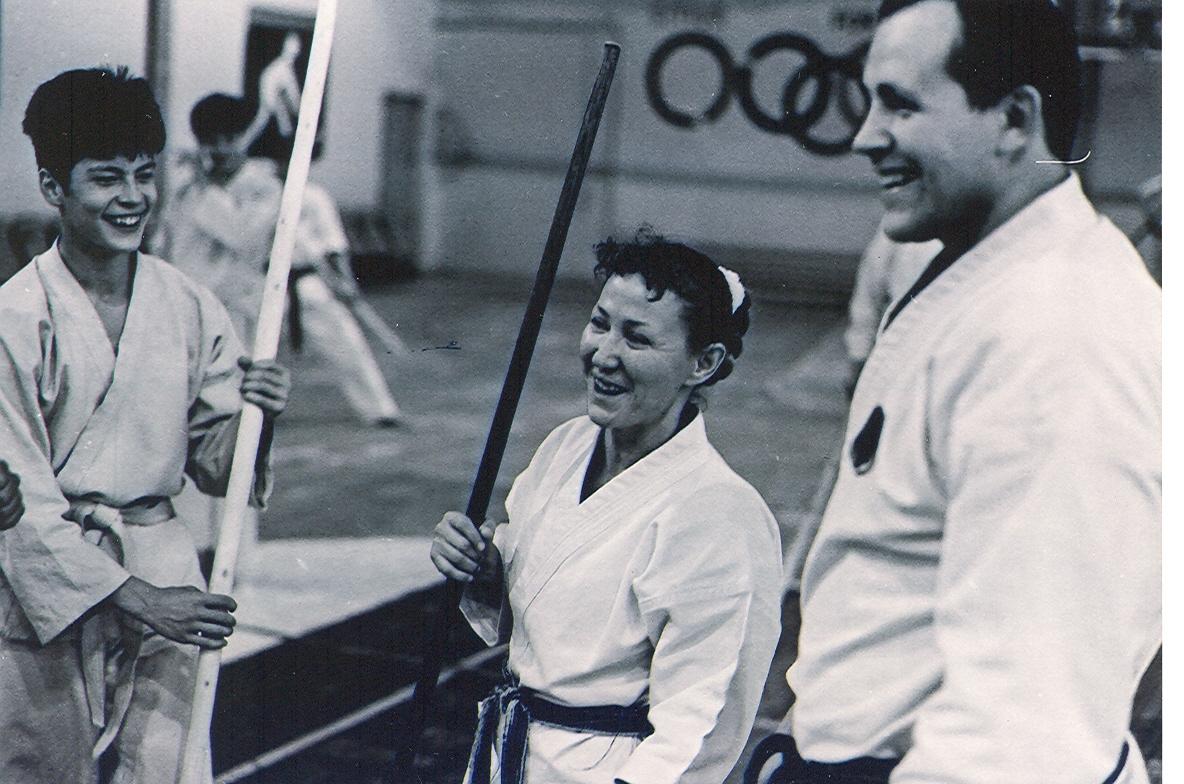
7 minute read
Chaos and Order: The Union of Opposites Ramakrishna Pillay
from Lift Hands Volume 20 December 2021 - The Multi-Award Winning Martial Arts Magazine
by Nasser Butt
There were always moments of laughter.
To my right is sponsor Leonid Schepkin Sensei who now lives in Moscow, and to my left is a happy participant.
Last Row Left: Valery Kusiy from Odessa, Ukraine, who succeeded in becoming the Director of Goju Ryu Karate Do and Ryu Kobudo, as well as, the chief promoter and most successful of traditional tournament events.
Last Row Right: Vladimir Sitnik Sensei (in spite of geographical and language difficulties) developed Goju Ryu Karate Do in the Sverdlovsk Region. Sitnik Sensei is no longer with us, but forever lives in our hearts. (Passed away on September 8, 2009)

What is there to say? That I met great students? That we created wonderful friendships? That for a few days we were able to cultivate the Okinawa martial arts dream into a reality? That the Okinawa teachers were real? That martial arts training and philosophy bridged the gap between the ‘ordinary’ and the ‘great’? That the training, no matter how difficult, brought excitement and gave meaning to our existence?

There was always time to discuss fine technical points.
Left: Vladimir Sitnik Sensei from Sverdlovsk Region. Right: Alexander (Sasha) Gendrikson Sensei from Kaliningrad. Sasha developed into a successful promoter, propagator and instructor of Okinawa Goju Ryu throughout Russia.
For me it was simple: I was given the opportunity to sweat together with Russian people who loved and practiced the same things that I also loved. I went to Tomsk in order to find out what was it that contributed to Russian athletic prowess. When I left I was certain that there were no secret routes to success; except, endless hours of repetitions, determination, dedication, excellent teachers and coaches, and the single minded drive to do better each time.
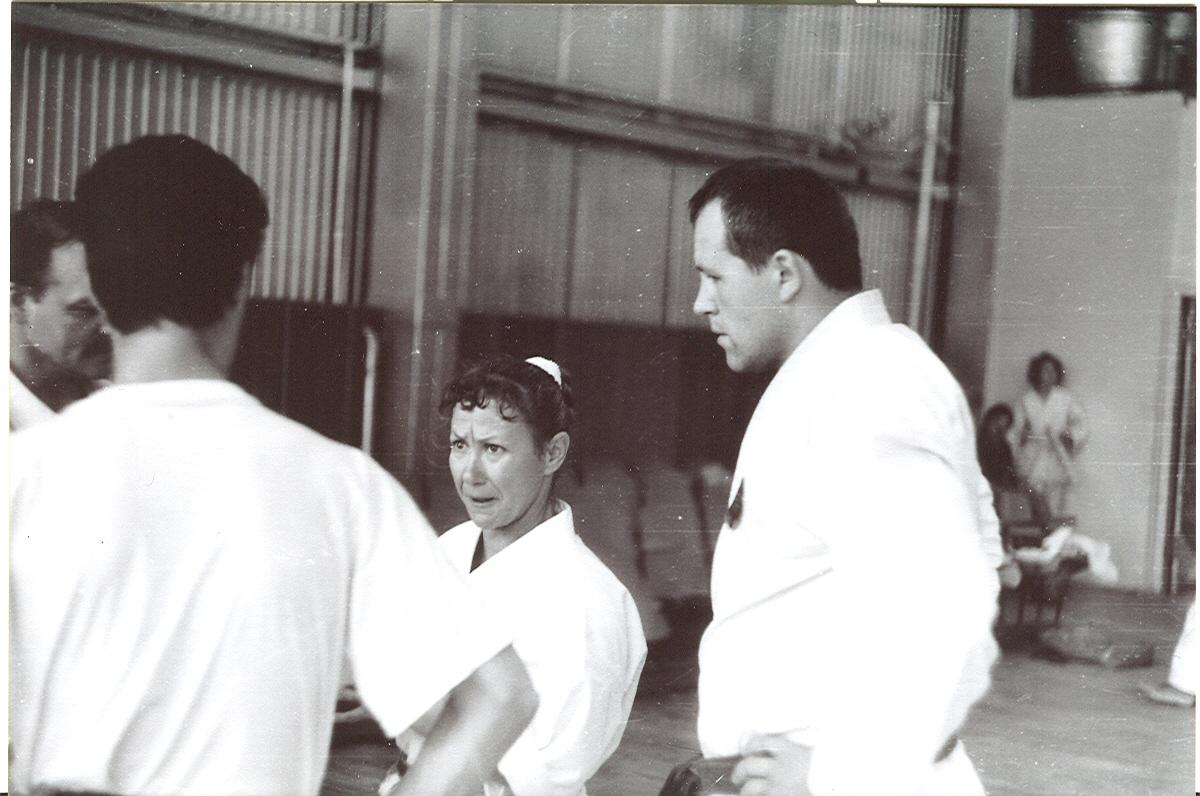
Nothing was left to speculation; every technical detail was discussed.
I wish all the members well, continued growth, and one day to once again share hours of sweating and training together. For martial artists it is the greatest avenue to lasting friendships.
The Participants
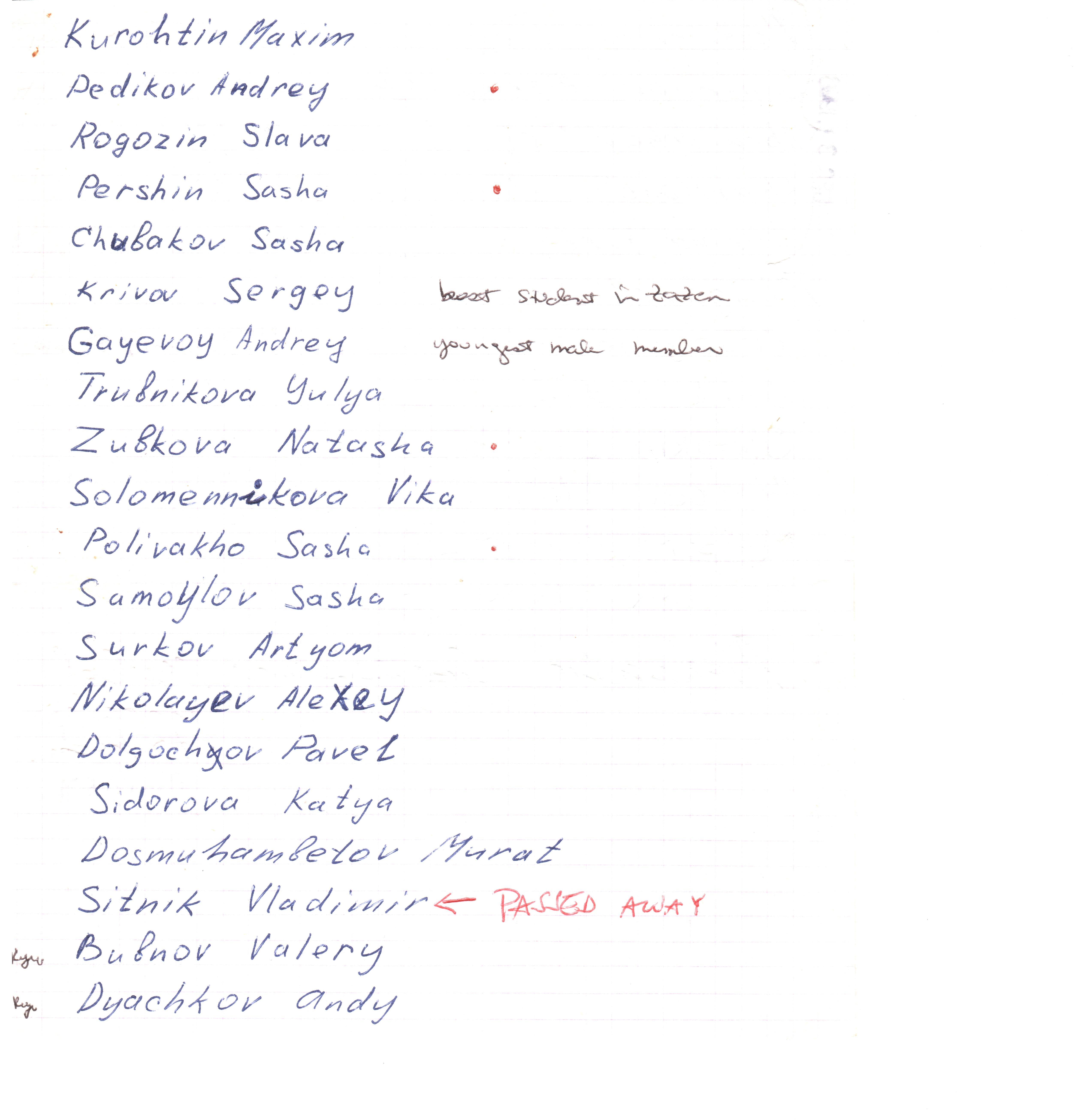
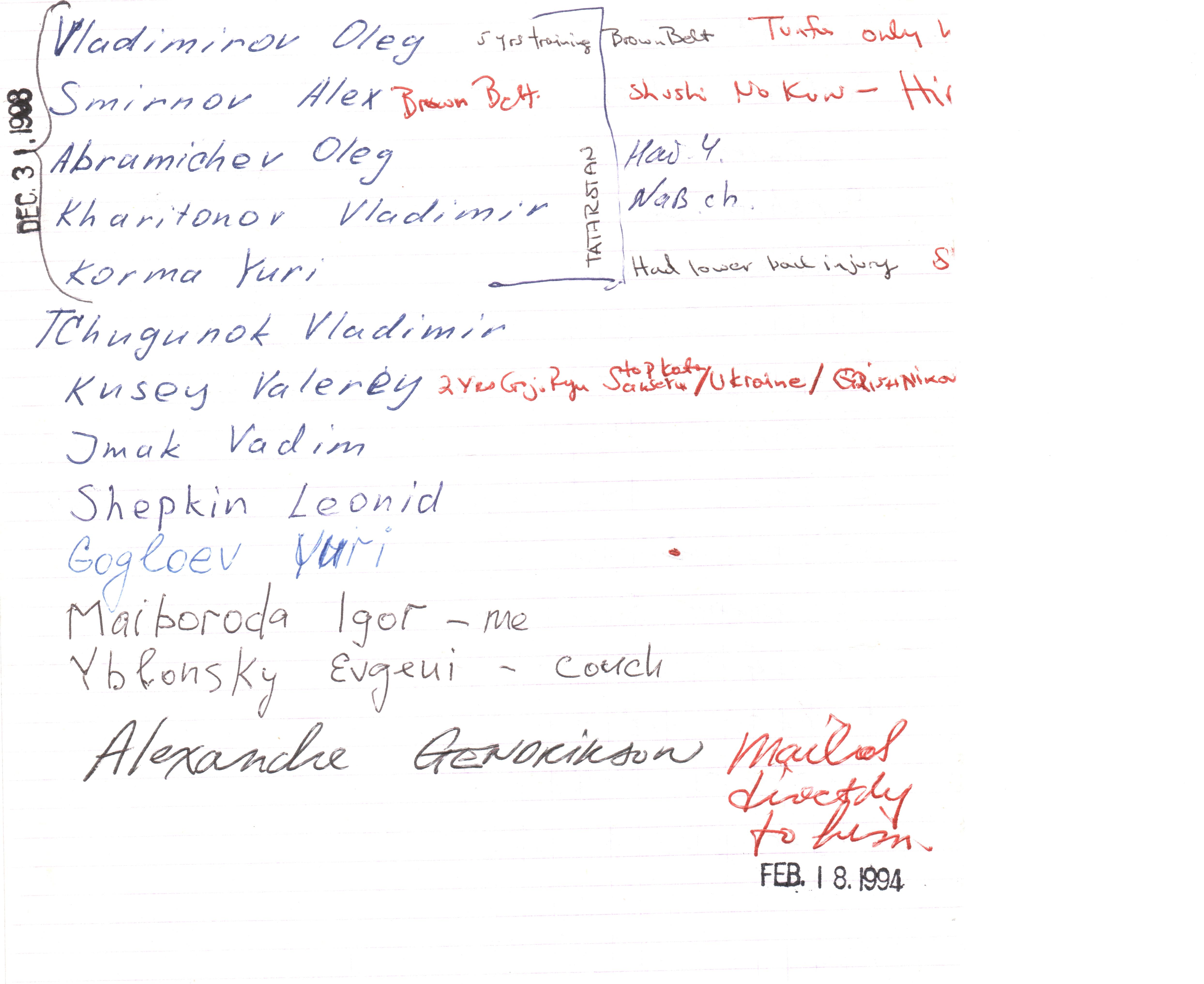
The Training Schedule
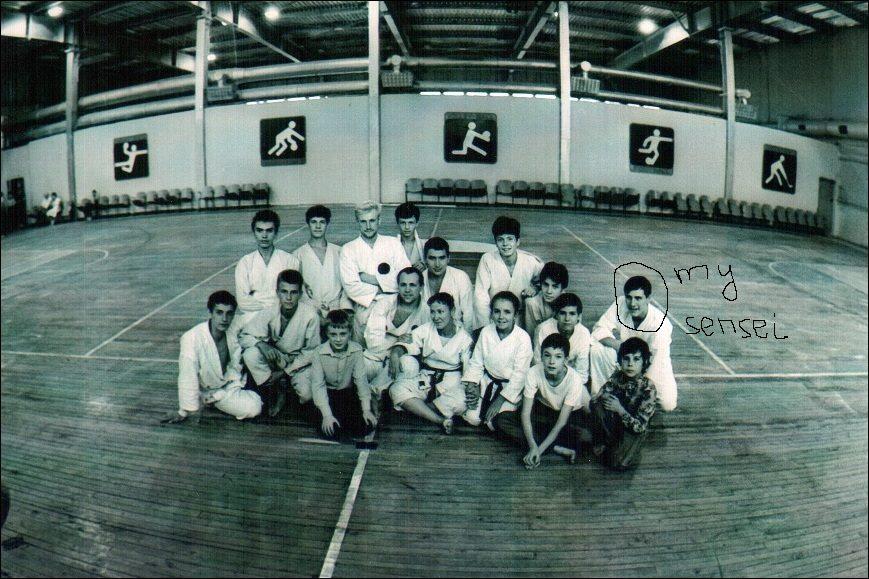
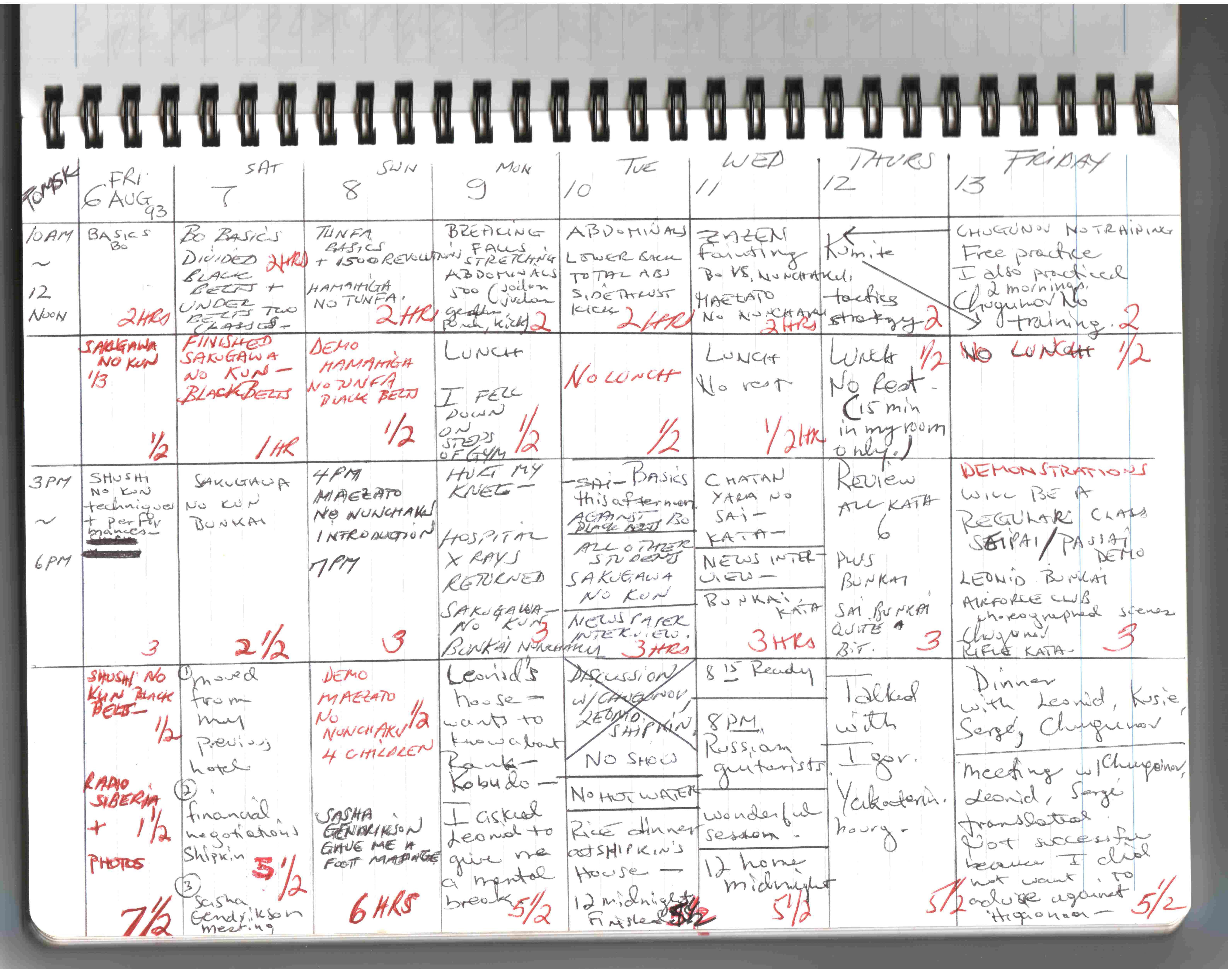
Kostantin or Kostya Deryahin of Pasha Dolgachov Ukraine
Special Mention: Mr. Evgeny Gubin
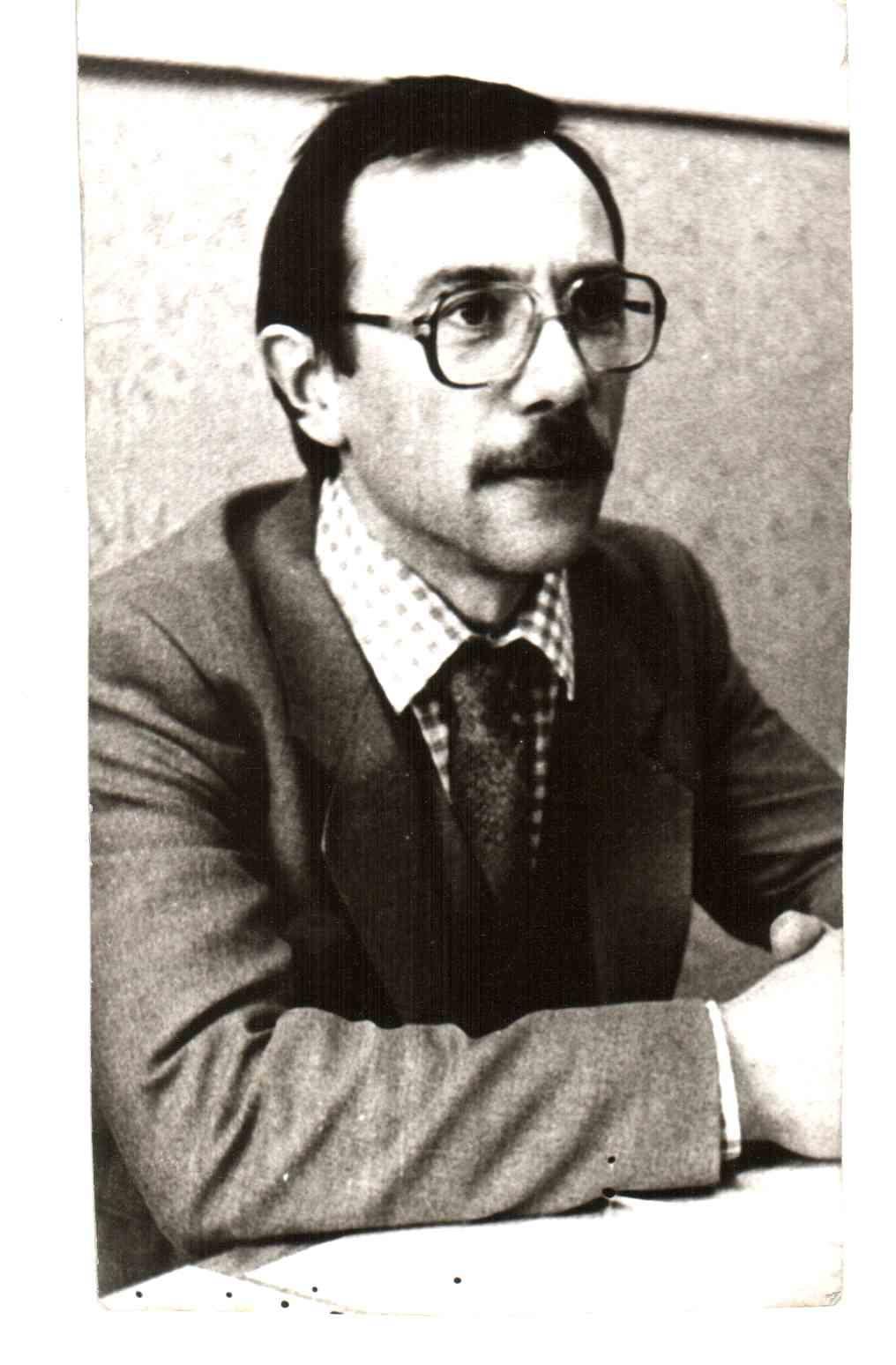
On Monday, August 9, right after lunch, I was walking and talking with many students while holding all of my equipment and training gear. My slipper caught on one of the steps. I fell, and sustained a knee injury. Against my wishes, I was dragged to the Emergency Room and Mr. Evgeny Gubin accompanied me in the Ambulance in route to the Hospital.
Seeing a Russian Emergency Hospital Room was quite an experience! The examination and X-Rays were conducted immediately; the doctors were super! The scenery, however, was something out of a murder movie scene. Dried blood on sheets and pillow cases, and some dried blood were still on walls. Medical machines were solid steel just like the two Ambulance nurses who dragged me out of the gymnasium. I remember bending over to Mr. Evgeny and telling him that I wanted “my mother”. Mr. Evgeny smiled and replied: “Don’t worry Katherine; I am your mother and your father”. Then he consoled me and told me that the doctors were very good.
Although the Orthopedic doctors insisted that I stay off my feet for the next two weeks, I knew that students were waiting, and the show had to go on. I agreed with the doctors, and Mr. Evgeny took me back to the Gymnasium Hall where we continued training for the next three hours and learned Sakugawa no Kun Sho**, and Nunchaku Bunkai***.
From that day on, Mr. Evgeny was there to offer assistance and continuous encouragement. For the rest of my stay at Tomsk I hobbled, limped, instructed, and we concluded our Seminar with a Grand Finale of a Demonstration. Parents, friends, and guests had been invited, and we did our best to show off all that we had learned.
The demonstration also featured added attractions: A Rifle Kata was performed by an old time practitioner Mr. Vladimir Chugunov from Moscow. Members of the Air Force Club offered a memorable choreographed fighting exhibition. And in true Russian tradition I was given bouquet of flowers and gifts.
The curtain fell, and the party began!
*Ryu Kyu Kobudo – Traditional martial arts weaponry from the Ryu Kyu Islands located south of Japan. Okinawa is the largest of the Ryu Kyu chain of islands.
**Sakugawa no Kun Sho – The Bo Kata of the person named Sakugawa. Kata is a series of prearranged defensive and offensive moves arranged in a specific pattern. All the martial arts techniques are preserved in the Kata.
***Bunkai – Bunkai is the actual explanation and fighting applications demonstrated in each Karate and Kobudo Kata.
Katherine Loukopoulos Bubishi Team Austria 19 December 2021
Editor’s Note:
This article was originally written and included in a book authored by Slava Rogozin. It appeared in Russian [see below] in 2014.


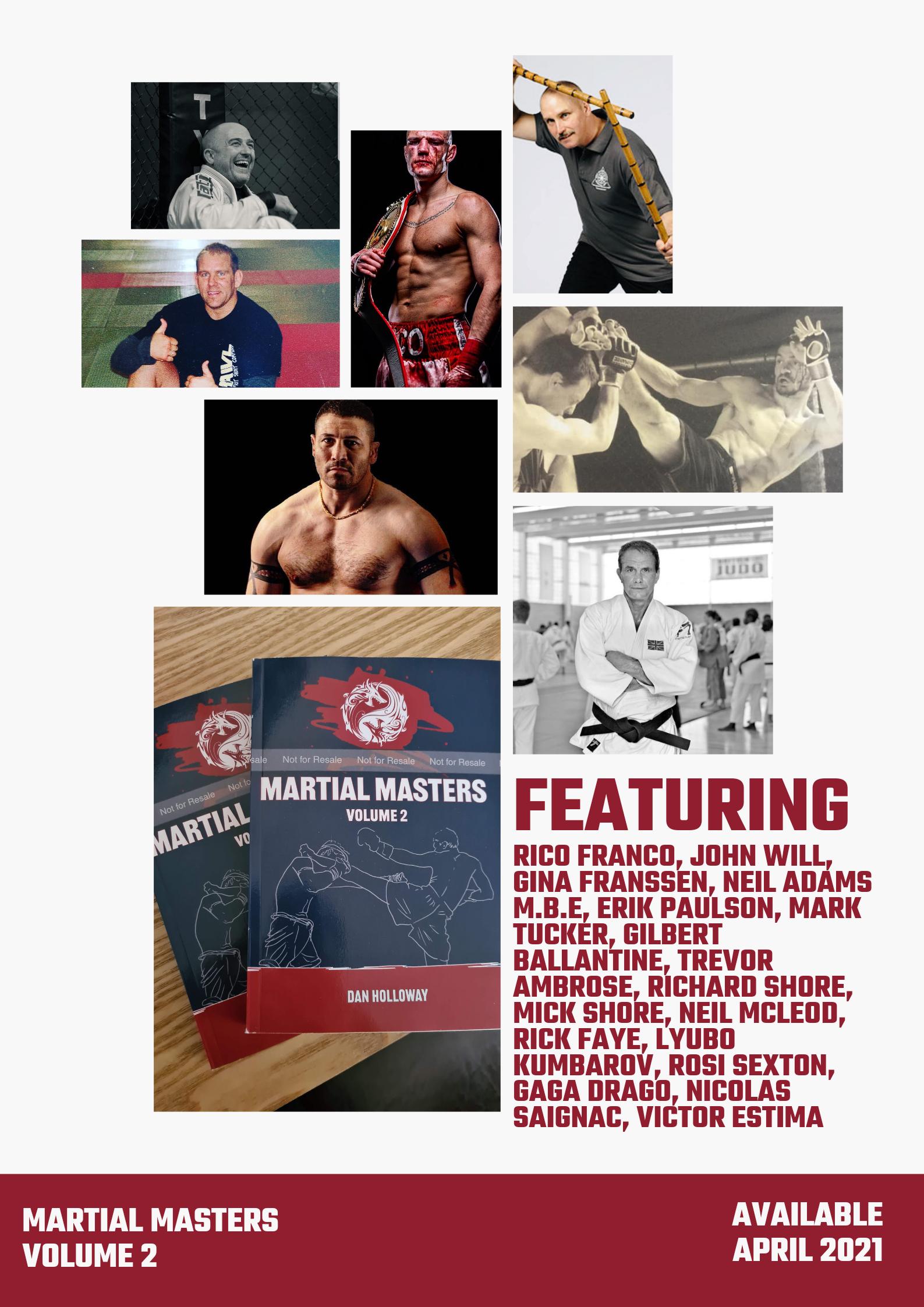
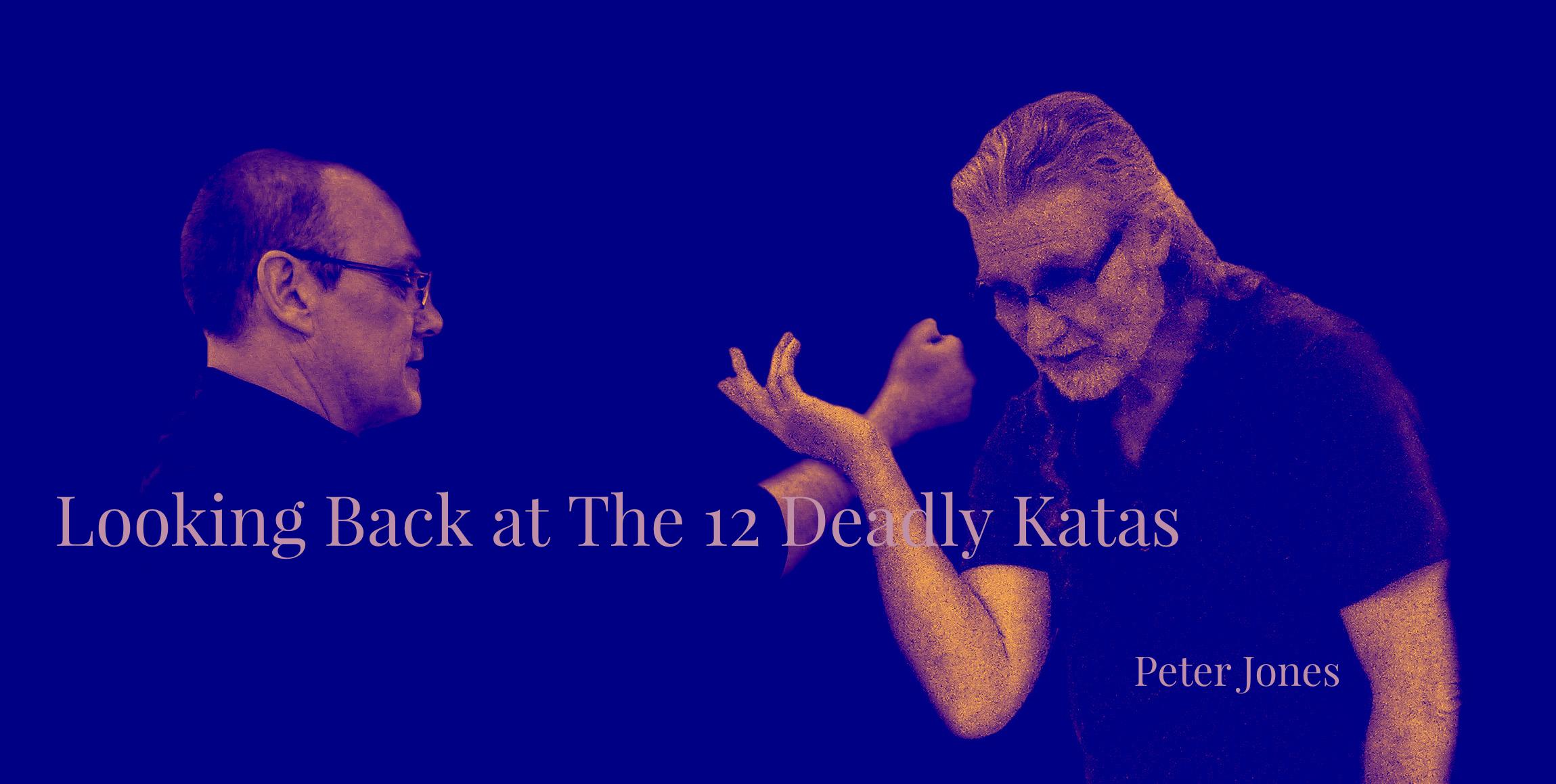
As I have covered all 12 deadly katas some time ago in a basic way, there is more to them than what we see when we first start to learn them! We learn one kata at a time until we have learned all twelve, but like everything we learn in this internal martial art there's always more to learn. For example, we learn about the points we strike not just for self defence but also for healing as well. This is why I love these katas. I think, with everything we learn within these katas, you wouldn't need to learn another martial art because it has everything you need in a martial and healing art.
When you look at, let's take for example the first kata "Snake Hands,” it doesn't look like much but when you learn it right, what a set of moves!
Learning the points alone takes time but what a set of points your striking! Gall Bladder 24 [Gb24], Stomach 15/16 [St15 & 16], Stomach 9 [St9], also Governor Vessel 26 [Gv26]. All these are great points and can be very dangerous. When learning, you must learn what each one does — both the martial and the healing aspects as I have mentioned already. The points are important to learn, also keeping with what your learning, you must always move from the centre as per the Taiji teachings of the Yangs — this is true of both the Old Yang and Yang Chengfu’s forms.
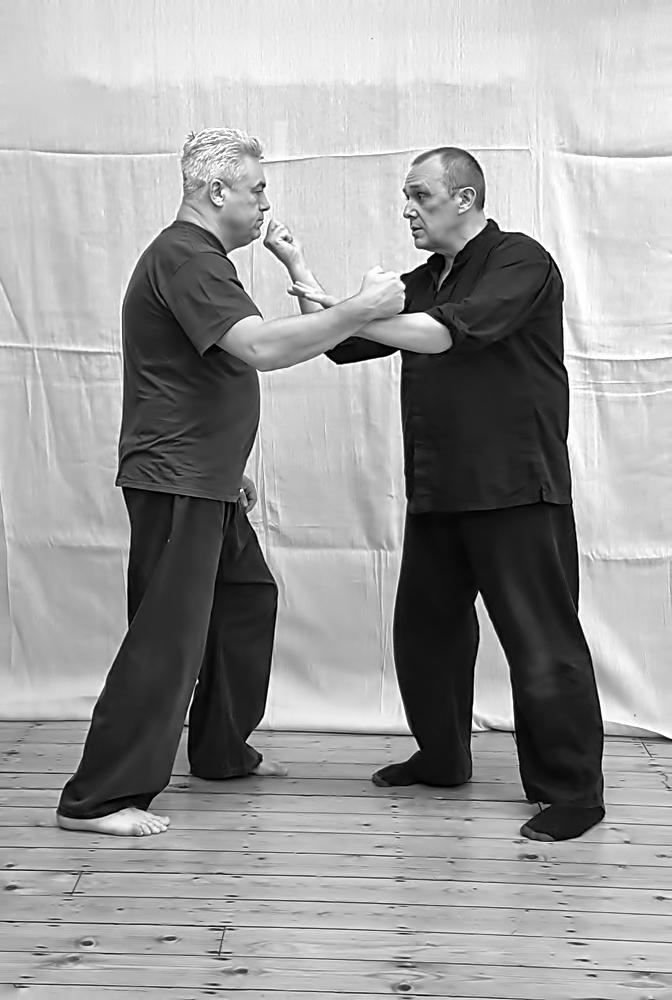
Figure 1 Figure 2 Figure 3
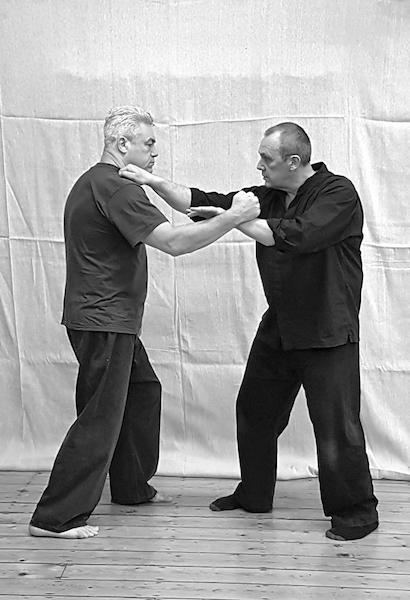
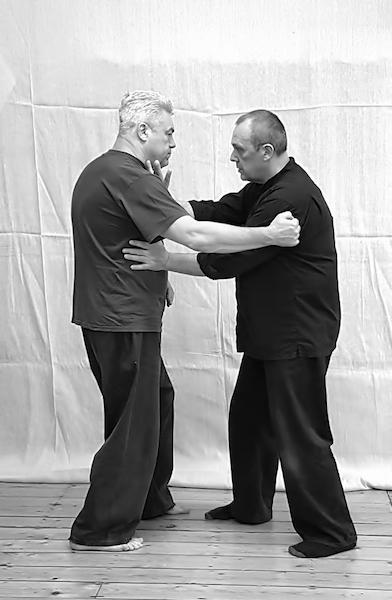
Whilst teaching the Snake Hands kata during one of my weekend workshop, we spent an entire day just learning how to move from the centre, and how important it was when putting it together with everything that makes up the move snake hands. It was one of the most rewarding workshops I have ever done, especially when my students turned around and said that they couldn't believe where the time had gone! By the end of the day they were starting to understand how important moving from the centre is. As for the history of the 12 Deadly Katas — there is uncertainty. Erle, my teacher, believed that the 12 Katas came first, then the movements of Taiji being a later refinement.
Over the last few years, as we all know, Covid-19 has affected everyone all around the world, including all the martial arts schools that had to close for safety reasons. I hope where ever you are around the world, you are returning back to some normality with your classes and your students are coming back and enjoying classes like they haven't been away.
As it is coming up to my teacher and good friend’s passing in January [it be 11 years], I can't believe where the time has gone. Erle may not be with us in person, but he will always remain in my thoughts, my art and my teachings. Your ‘bum steers’ are the best I have learnt, and so glad that I have learnt them, so I can pass them on to students seeking the “good oil” — those who want to learn all those brilliant movements that you taught and mastered throughout your Taiji life. Thank you my friend for your guidance and your words of wisdom for over 30 years.
I would like to wish all the readers of Life Hands a Happy Christmas and I hope 2022 will be a good one for everyone, Happy New Year!
